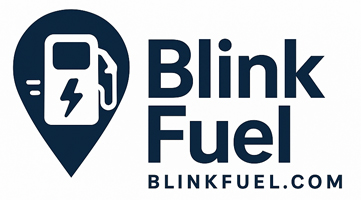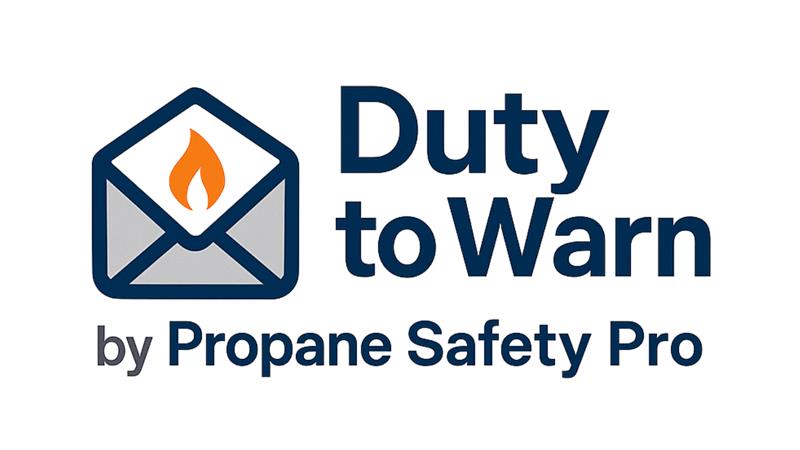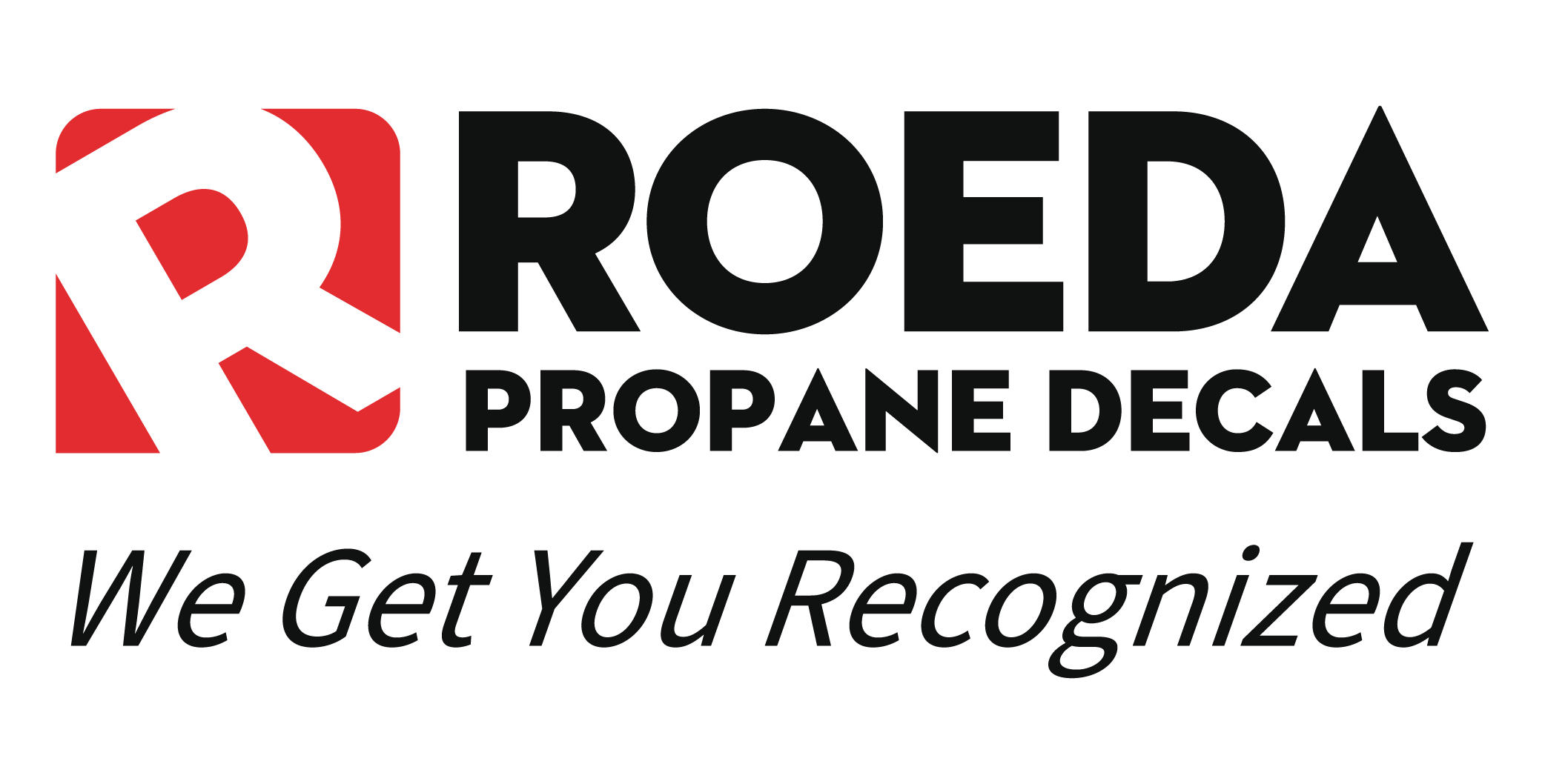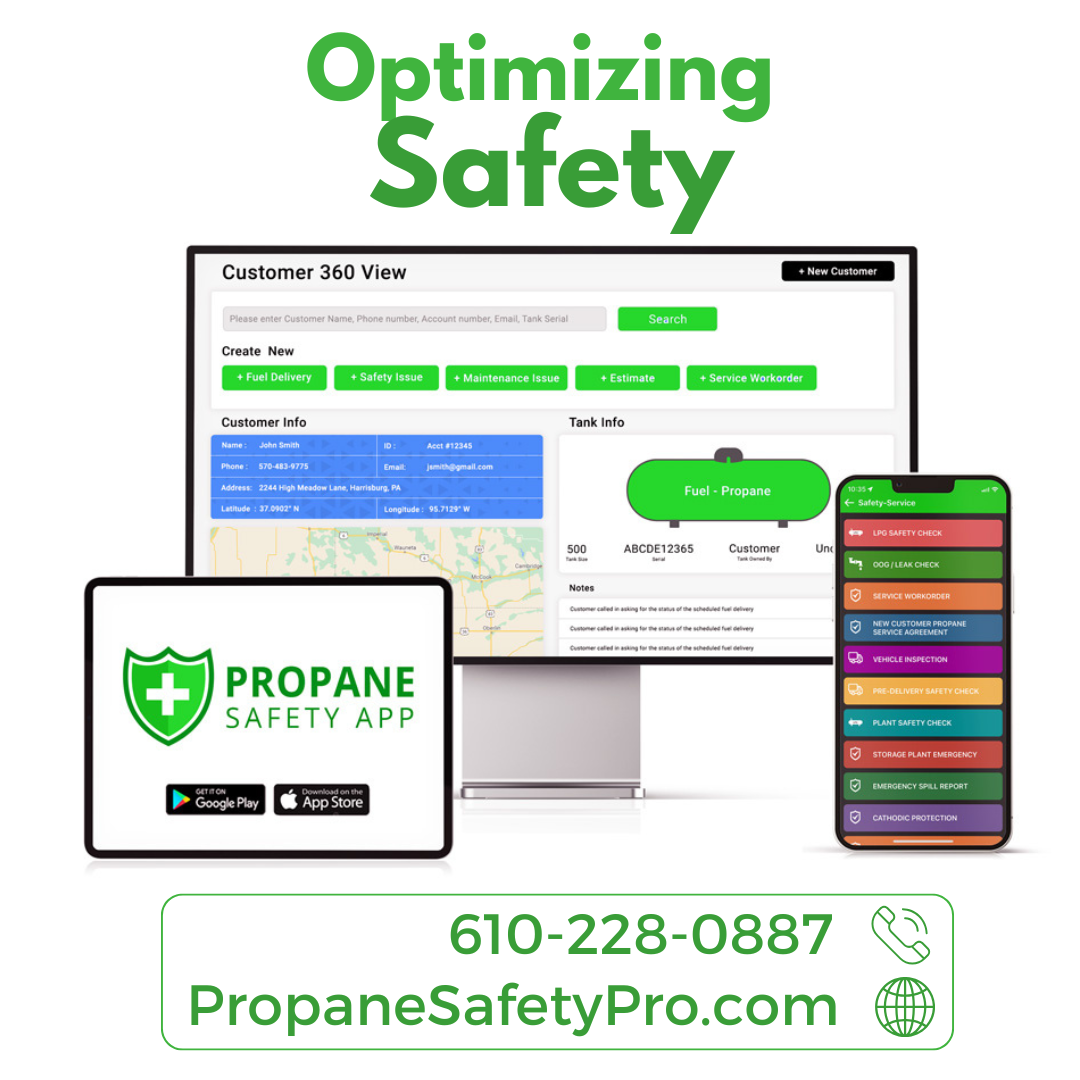Propane on the Move: Should Distance Shape Your Delivery Pricing?
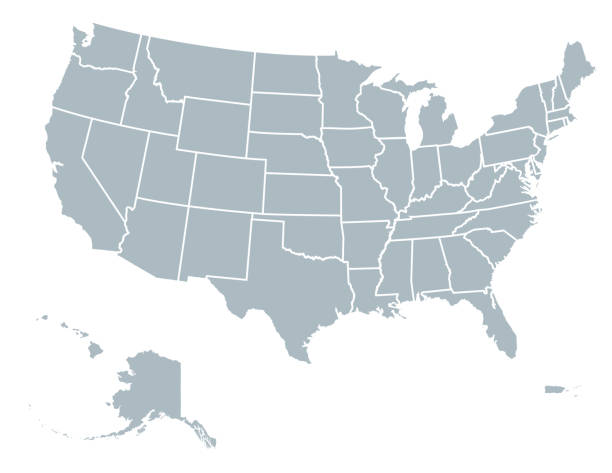
Every mile your truck drives costs money. Fuel, labor, vehicle wear, and employee time all add up, especially if you’re serving rural or hard-to-reach areas. For propane companies, determining how to price deliveries fairly and profitably is one of your most significant decisions. One way to manage that cost is by adjusting your pricing based on delivery zones. But how do you know if that’s the right move for your business?
Charging by delivery zone means looking at your service area in sections. Some places are closer and more efficient to serve, while others take longer and use more resources. It’s not just about distance; it’s also about time on the road, customer density, and how many stops you can make per route. The goal is to make your pricing reflect the cost of getting the propane to your customer while staying competitive.
Why the Same Price Doesn’t Always Work
Suppose you charge the same price for every customer, no matter where they are. In that case, you may lose money on distant deliveries without realizing it. Delivering to a single customer who lives 40 minutes out on a back road takes more time and fuel than serving five customers in the same nearby neighborhood. When you don’t factor that in, your profit margin gets thinner, which can add up over time.
Even if customers pay the same price, the cost to serve them isn’t equal. Some companies try to average it out, but as fuel prices change or your routes shift, that average can stop making sense.
How to Set Zones That Make Sense
Start by mapping out your service area. Look at how long it takes to reach each part of your territory, how many stops you typically make on each route, and the delivery volume per stop. Then group those areas by time and effort, not just by miles.
Once you identify zones, calculate your delivery cost per gallon in each one. Factors include drive time, fuel usage, the number of deliveries per route, and driver labor. This will help you get a clearer picture of how much each delivery is really costing you. You don’t need to create dozens of zones. Even three or four broad pricing areas can make a big difference if they’re based on solid data. The key is keeping it simple enough for customers to understand while covering your costs.
Customer Communication Is Key
No one likes surprise fees, so if you move to zone-based pricing, explain it clearly to your customers and be honest about why you’re doing it. If customers know that it costs more to reach certain areas, they’re more likely to accept a small difference in price, especially if they feel they’re still getting good service.
Some propane companies offer delivery fee add-ons rather than changing the propane price. Others build the extra cost into the per-gallon rate in each zone. Either method can work if it’s explained and applied consistently.
Avoid Making It Too Complicated
You don’t want your pricing structure to confuse your customers or staff. Whatever method you choose, keep the language simple and the math easy. Customers should look at your pricing and understand why they’re paying what they’re paying. Mistakes can happen if your team doesn’t fully understand the pricing system. Be sure to train your staff so they can explain it clearly and answer questions with confidence.
Why Zone Pricing Might Be Worth It
Adjusting your prices by zone enables your company to remain profitable while still delivering value. When you price your services to match your costs, you can invest more in your business, maintain your equipment better, and continue providing fast, reliable deliveries to every customer.
Balancing Fairness With Sustainability
You have to make pricing decisions that are fair to your customers and sustainable for your business. Zone pricing is one way to do that. If done well, it helps you stay competitive, control your costs, and grow your business without overextending your team. For propane companies looking to keep their operations healthy and efficient, it’s a strategy worth serious consideration.


